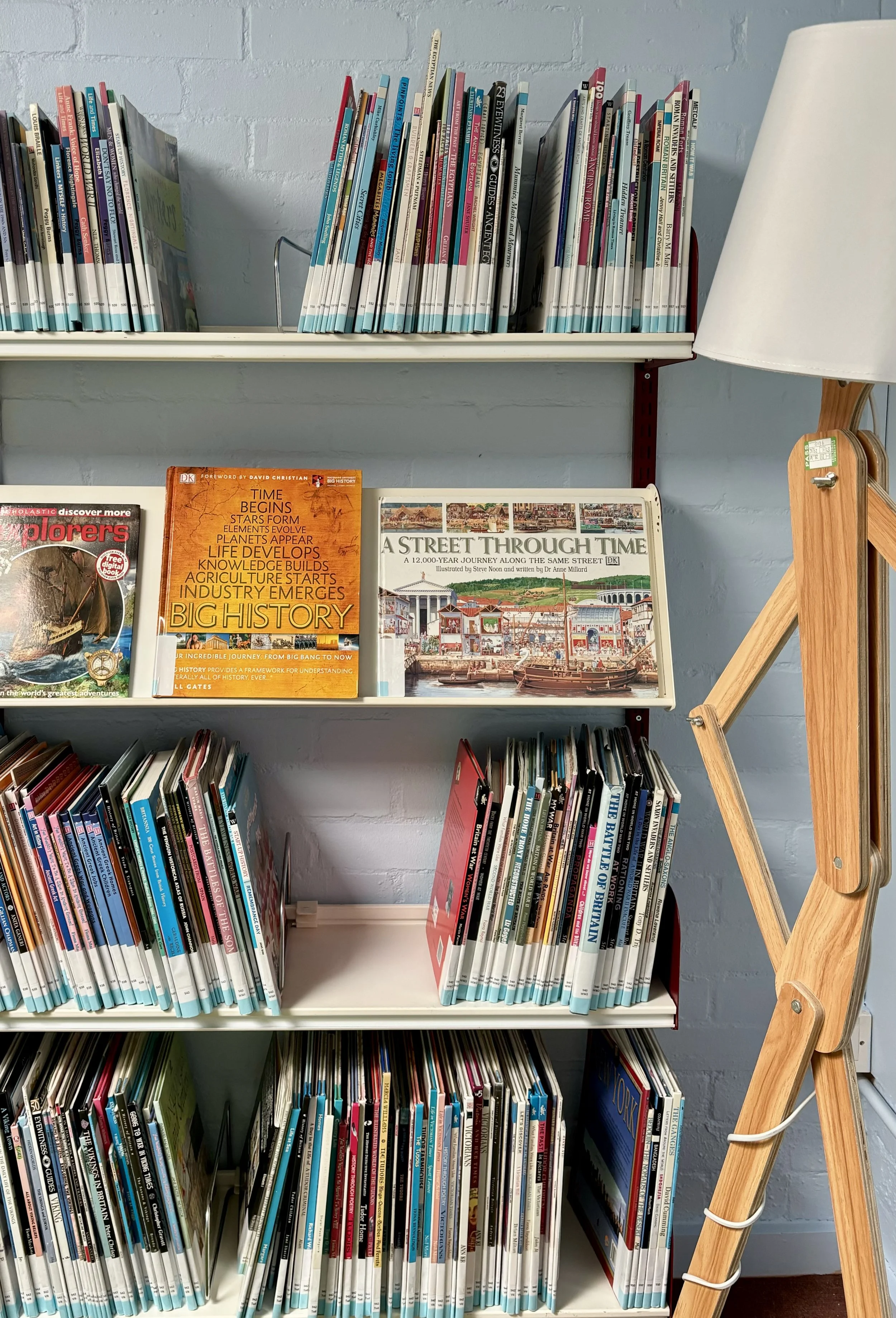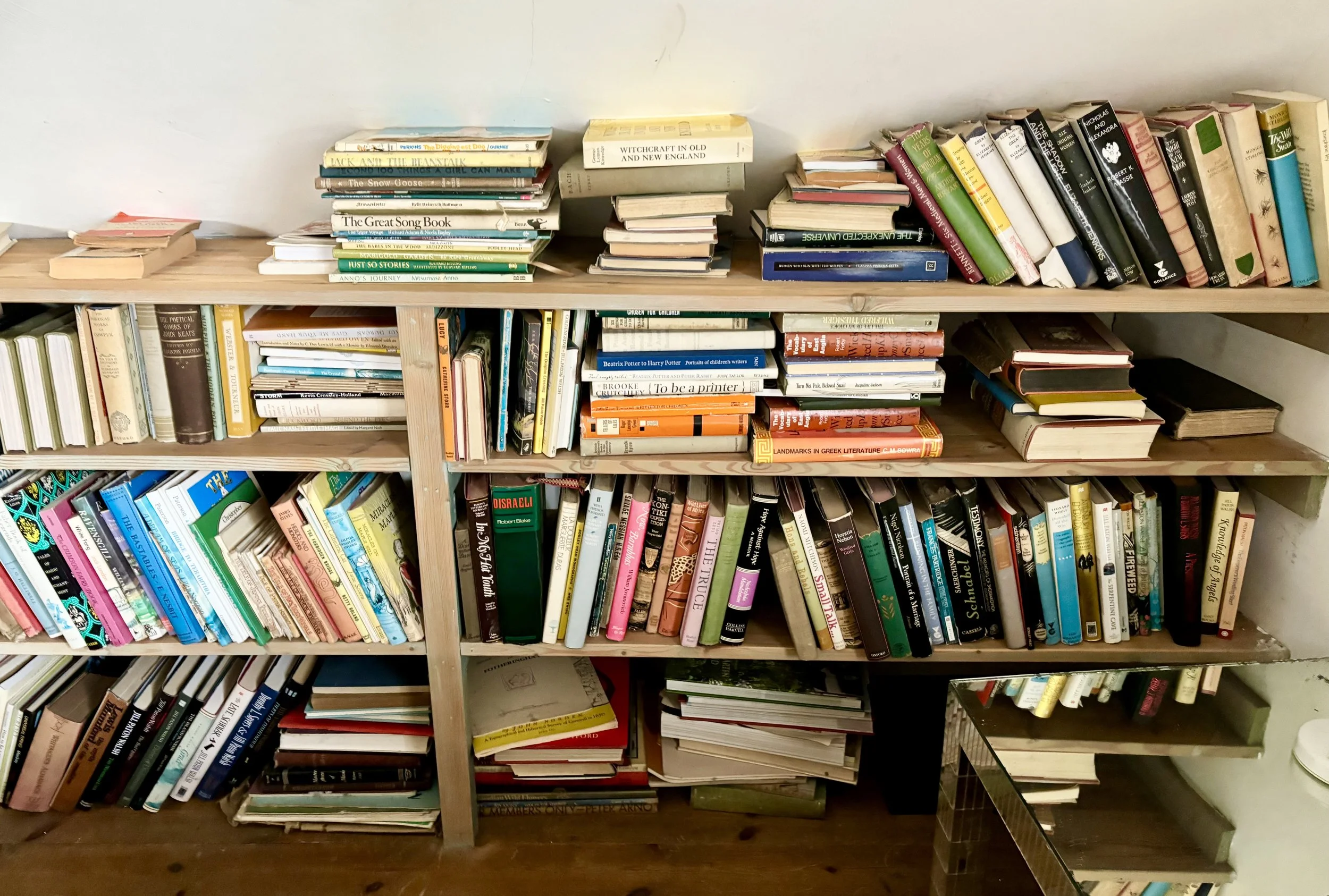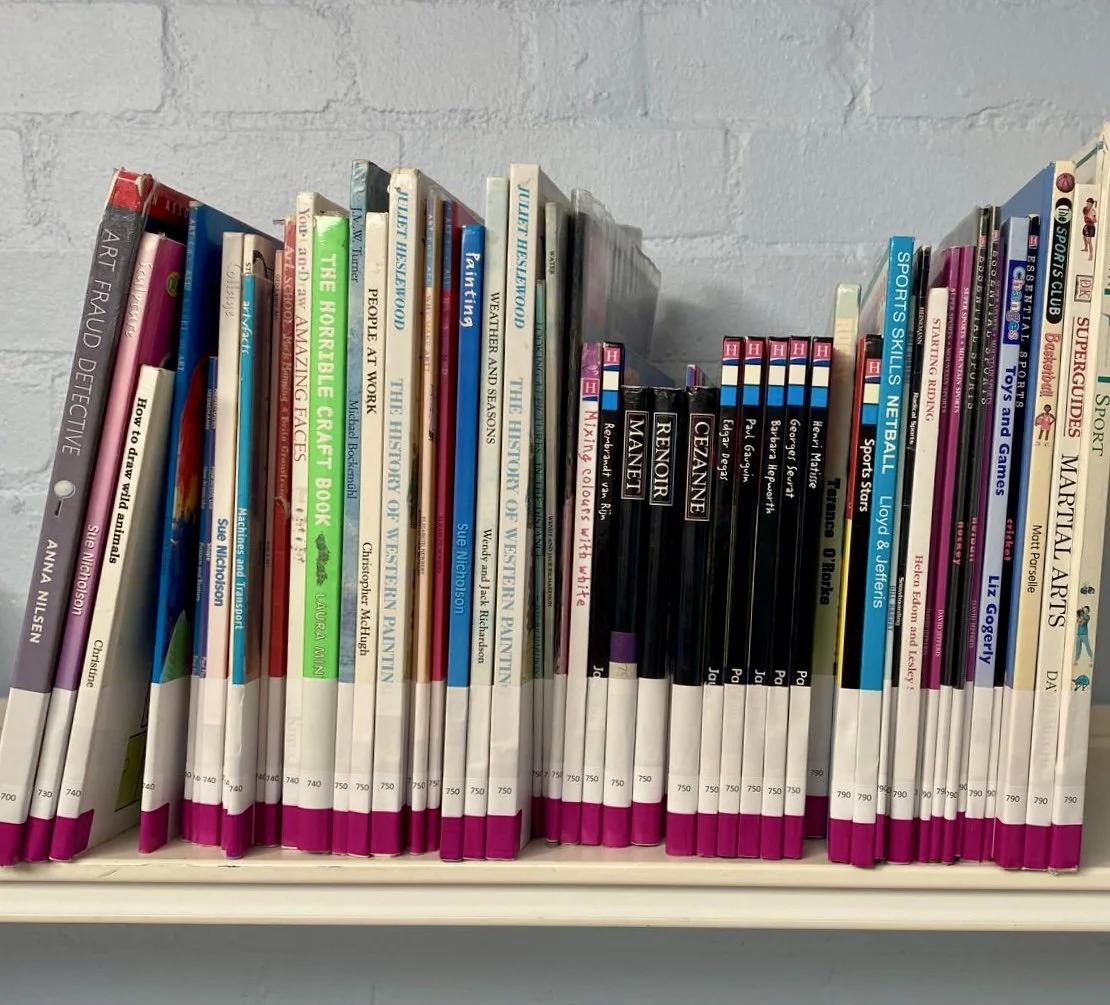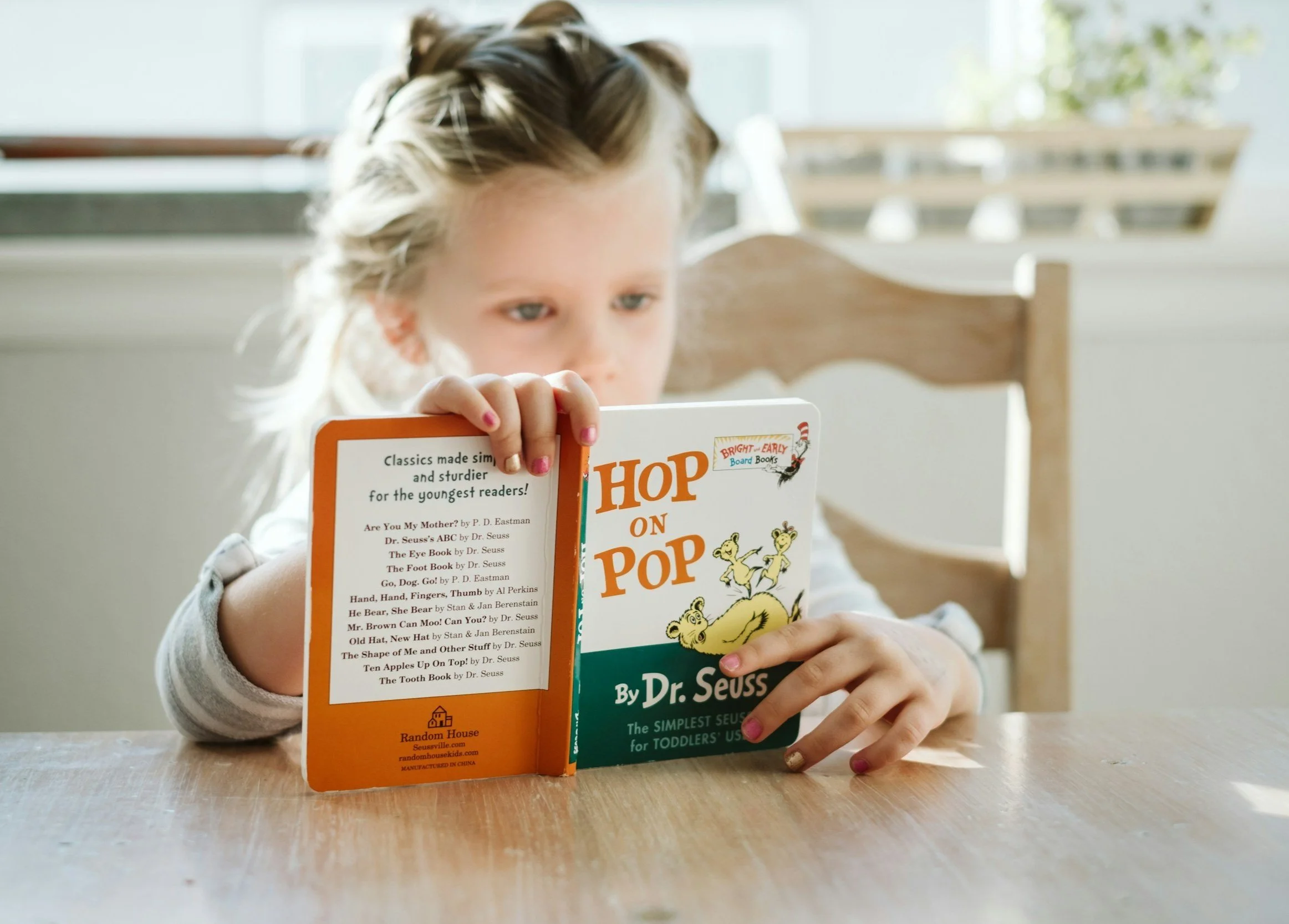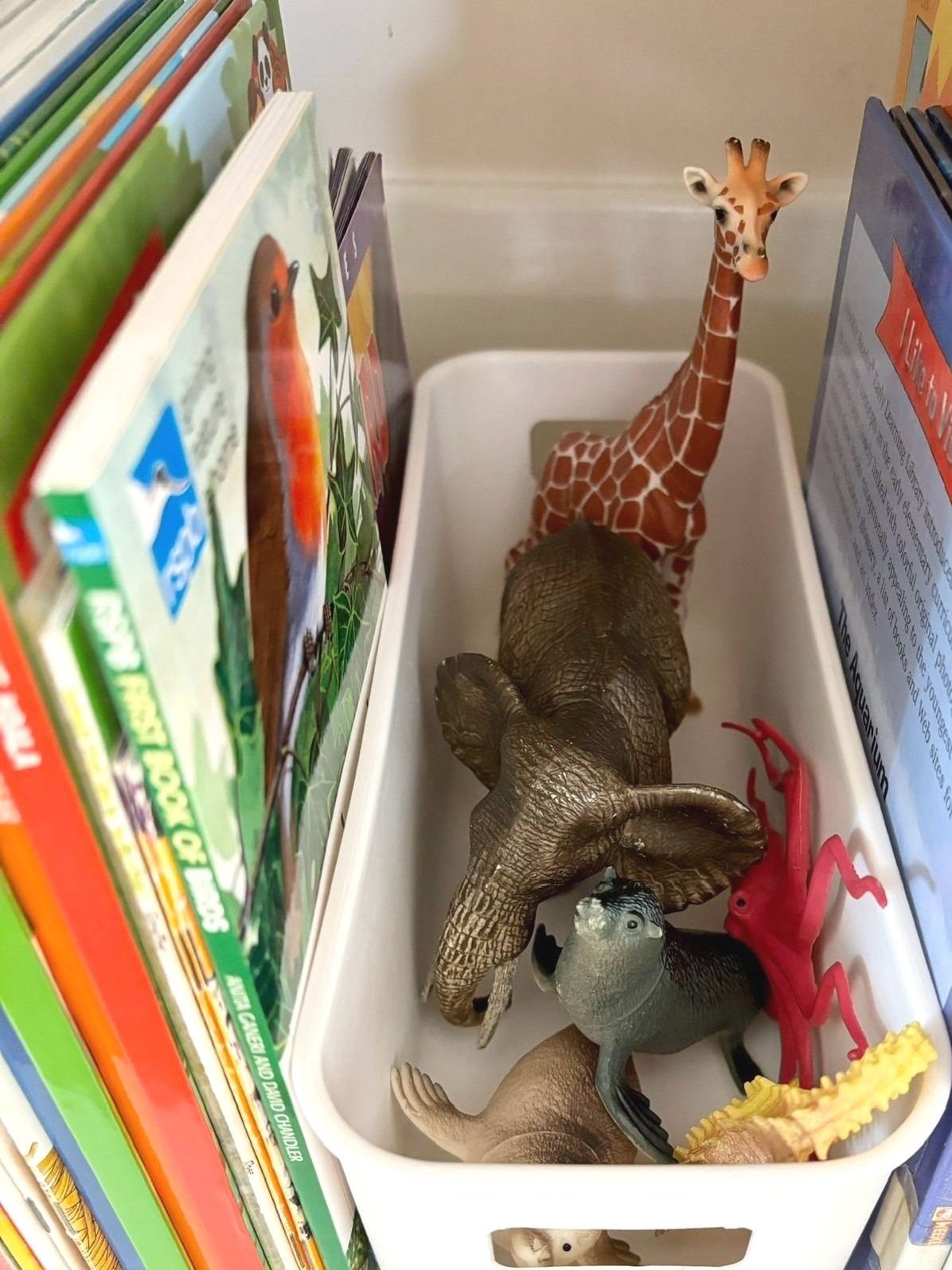Functional@School: Love Your Library
Libraries are essential in fostering a love of reading and learning among students. They have great potential to be utilized in other ways, too. If the design is thought-out and functional, library spaces can also be used for individual tasks, group work and meetings, as a gathering place for special interest clubs, and calm spaces for students to decompress.
Before re-designing a library, as with any space, there are some important factors to consider to enhance its function.
A well-thought through library has:
a welcoming, engaging, and accessible environment
distinct zones and areas for different activities
diverse and inclusive reading materials
a structured borrowing and returns system
collaboration with teachers and volunteers
Steps to make the space functional
First step: Declutter!
Sort through the collection of books and remove items that are outdated, damaged, or no longer relevant. Have a selection of accessible materials: books that feature large print, dyslexic-friendly formats, and audio adaptations to mention a few.
Decide on the overall layout and zones based on ‘how many hats the room needs to wear.’ Consider what equipment and budget there is available when developing the make-over plan.
Next: Categorize and label.
The Dewey Decimal System serves as the backbone of most libraries. It is a recognized system for labeling and categorizing, dividing books into 10 knowledge categories numbered from 000 to 999. In addition, colour coding each category will add a visual prompt to help finding books easier. It will also assist in re-homing returned books and maintaining an organized system. Having the colours and categories listed on a wall display will help students find the books they are looking for.
Helpful hint: Avery labels work very well. There is a label template available on their website.
Decorating the space.
When decorating, think about color palates that will encourage a calm atmosphere. Reds, oranges and yellows may be distracting - try to steer clear of these colours. White can feel clean but clinical, especially to children that have had medical procedures or hospital exposure. Soft blues and greens are the way to go! Natural elements, such as plants, can make the space feel even more calm and inviting.
Ergonomics and equipment.
Use comfortable, practical furniture and flexible seating arrangements in a well-lit space.
Wipeable beanbags that can be hung up when not in use.
Student-sized furniture that encourages good posture.
A carpet for younger students to sit on, with books they can access.
Wiggle cushions for students who might benefit from additional sensory input.
Clear pathways and shelves at appropriate heights to ensure that all students are included and can access materials.
Keep it calm.
Keep the book-zones stimulating and fun, and the calm-zones relaxed and visually quiet. Resist the temptation to fill every area or wall space, and avoid overfilling book shelves. A goal is not to make the space feel less cluttered, cramped, and overwhelming.
A box of quiet sensory toys is a great addition to any library. And remember, even once you have created a calm environment, some students might benefit from sensory breaks, time limits for library visits, and noise canceling headphones.
It’s about making it functional for everyone!
Final thoughts.
If your school does not have a designated librarian, make sure you have an established, sustainable system in place that can be maintained by teachers, parent volunteers, and students - consider appointing and training student library monitors to help. It can also be helpful to display simple, clear library-use guidelines can help everyone stay on track, respect the space, and love the library!
